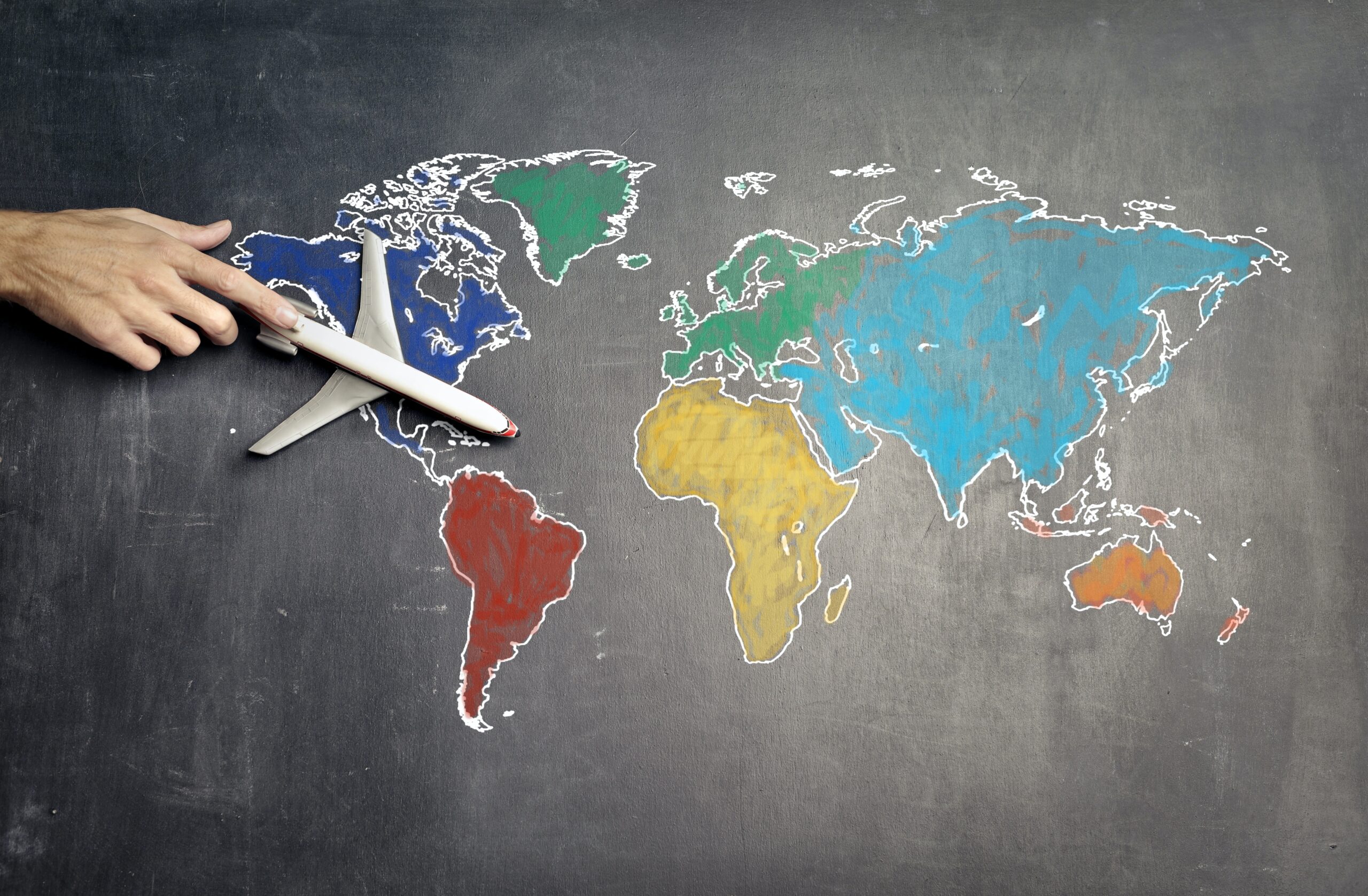Expanding into new markets is often a priority for most companies. It is the logical next step for any company after it has achieved a reasonable level of dominance in its region. The possibilities are undoubtedly exciting. However, the amount of work required to successfully penetrate a new audience is enormous. A product localization strategy is one of those critical strategies that a company must carefully develop and execute to enter new markets. Therefore, understanding what this strategy entails and how to implement it is a prerequisite for market expansion.
PRODUCT LOCALIZATION STRATEGY: MEANING, BENEFITS AND EXAMPLES
Localization of a product involves adapting a product to the requirements and preferences of a new market. Consequently, the product localization strategy is the sum total of steps and practices required to make products ready for the local audience. Although language translation is often thought of when discussing localization, this strategy encompasses much more. Full product localization requires a brand to adapt its products to the culture, politics, trends and even laws of the country or region it hopes to dominate.
The benefits of a product localization strategy are clear. A company loses approximately 40% to the market by not localizing its products. In addition, 90% of customers prefer to use their local language when interacting with websites. These statistics demonstrate the value of product localization. It increases customer engagement and improves the customer experience. Localization also facilitates market entry, reducing the time it takes to make a profit.
Is it possible to discuss product localization without Netflix to name? The global streaming giants are one of the best examples of an excellent localization strategy. They have successfully adapted their business to the culture and language of the 190 countries where Netflix is used. ASOS, Nintendo and AirBnB are other brands that have mastered localization and are reaping the benefits.
WHAT ARE THE BEST PRACTICES FOR EFFECTIVE PRODUCT LOCALIZATION?
CARRY OUT A THOROUGH MARKET SURVEY
A product localization strategy without proper market research is incomplete. Translating product descriptions and content into a new language is just one aspect of the project. Before launching your brand and its products in a foreign market, it is important to understand their culture, religious affiliations, political views and laws. This helps assess the readiness of that market for your brand and the feasibility of market entry at that time. In addition, the research will inform the advertising campaigns your company uses to attract customers in the region.
INCLUDE LOCAL EXPERTS IN YOUR TEAM
Indeed, market research provides a lot of useful information. However, it cannot replace the role of local experts in your product localization strategy meetings. While members of your team communicate the brand's values, mission and vision, the native commercial strategists provide insight into consumer behavior and preferences. Their expertise will add more accuracy to translations, customization of software and hardware, user interface of websites and apps, etc.
TAKE ONE MARKET AT A TIME FOR THE EXPANSION
No matter how excited your brand is about breaking into new territory, expansion shouldn't be rushed. The best approach is to enter one region first before conquering the next. This ensures that human and financial resources are not stretched while executing the current product localization strategy. This approach also allows for testing the results on members of the local public for new insights that may be useful in other markets.
OPTIMIZE PRODUCT DATA FOR LOCAL SEO
Search Engine Optimization (SEO) is an integral part of any product localization strategy. To make your product visible to people in the region, it must rank well on Google and other search engines. Therefore, all translations should be done with SEO considerations in mind.
SELECT MULTIMEDIA CONTENT CAREFULLY
Images and videos are great ways to showcase your products. However, photos and videos could easily be the reason why attempts to penetrate the new region fail. A mere resemblance to political or religious symbols is enough to provoke a negative reaction. Also, the fashion choices displayed in your multimedia content may be unacceptable in some markets. So, while you pay attention to the translating words, make sure that the accompanying images spread a positive message.
PRODUCT LOCALIZATION TOOLS
A PIM system is essential for the rollout to multiple markets. PIM is the single source of truth for product data. Using the right PIM software in your localization plans provides the following benefits:
- Accurate and precise translation through API integration with translation management software (TMS from translation agencies) and translation services such as Google Translate and DeepL
- Faster processes and smoother workflows for all team members involved in the product localization strategy
- Seamless distribution of localized product data across all marketing channels
In conclusion, product localization is a non-negotiable part of expanding into new markets. It ensures that your products are in line with the language, culture and customs of locations where your company intends to penetrate. So, in addition to the strategies mentioned above, using the right software – especially PIM – ensures that the product is ready for foreign markets.













